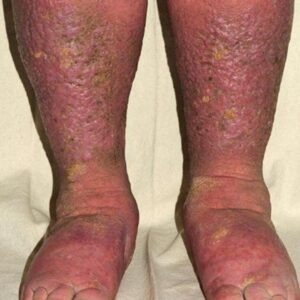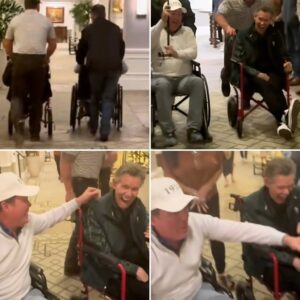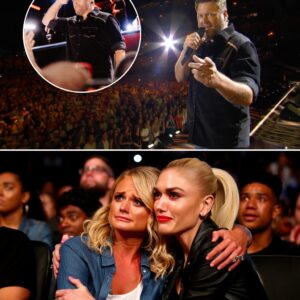Following nearly a week of anti-ICE riots in Los Angeles, the Trump administration escalated federal enforcement to curb the violence. With protests turning destructive, federal agents began targeting individuals allegedly organizing the unrest, especially those linked to radical groups. One prominent arrest was Alejandro Theodoro Orellana, believed to be part of the Brown Berets, who was charged with conspiracy for distributing industrial-grade face shields to demonstrators.
Footage from the protests showed riot gear being supplied directly to activists, and journalist Andy Ngo reported that some far-left groups were using online platforms to crowdfund protective equipment. This level of coordination alarmed authorities, who saw it as evidence of strategic planning behind the civil disorder. Officials noted how such actions may have emboldened more aggressive behavior during confrontations with law enforcement.
Commenting on the situation, former Trump advisor Joshua Steinman framed the unrest as a symptom of weak border and internal security policies under the Biden administration. He argued that the protests illustrated a breakdown in national security and advocated for stronger federal measures to maintain order and uphold immigration laws.
Amid these developments, Trump celebrated a 9th Circuit Court ruling allowing him to continue deploying the California National Guard, reversing an earlier decision that required Governor Newsom’s approval. The legal victory highlighted the ongoing clash between state and federal authority and reinforced Trump’s stance on using federal power to counter civil unrest and protect government property.





